Virtual reality is finally starting to hit the prime time, with the Oculus Rift taking Best of Show at the Consumer Electronics Show and Sony unveiling its own headset, Project Morpheus, at the Game Developers Conference this week.
This isn’t the same virtual reality that flopped big in the 90s. Today’s headsets benefit from the mobile wars “peace dividend” — cheap, lightweight, high-resolution screens and motion sensors. Combining the two, together with today’s fast processors and high-end graphics, and you get a virtual reality environment that actually feels real.
And folks who write and talk about virtual reality are throwing some phrases around that might be new to the average reader. Here’s a list of the top ones, what they mean, and why they’re important to making virtual reality actually feel real.
Field of view
Old-school virtual reality headsets gave you a small 3D image that floated somewhere in front of your head — kind of like looking at something through a telescope. The reason? These headsets had a field of view of 45 degrees, or even smaller.
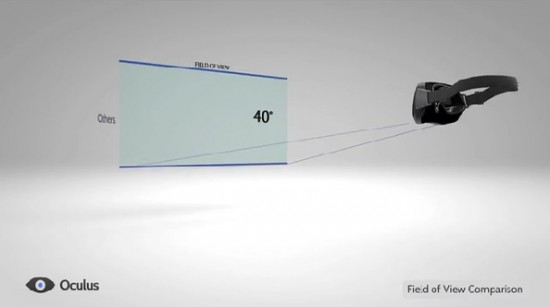
It kind of feels like you’re looking at a television screen hanging out there in space in front of you. And, in fact, that’s how most existing head-mounted displays have been used for so far — to show movies. These devices are expensive, and primarily targeted at people who fly a lot and want to lean back and watch their movies on a fancy headset that shuts out everything around them.
The Oculus Rift and Sony’s Project Morpheus both have a wide field of view.
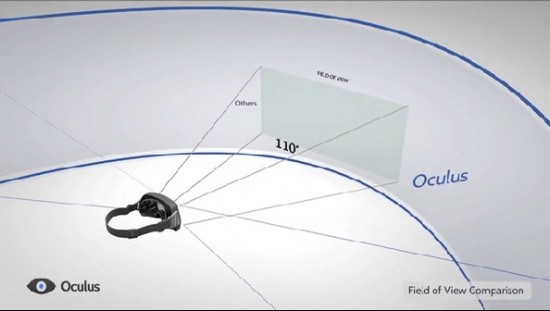
The Oculus Rift clocks in at 110 degrees, Sony’s Project Morpheus is at a still-respectable 90 degrees. What this means is that the virtual environment is all around you, including your peripheral vision.
Latency
In real life, if you turn your head in one direction, then in another, you’ll see different things. With old virtual reality headsets, no matter how much you turned, you were still seeing the same thing. Specifically, that screen hanging in space in front of you. Since real life doesn’t work that way, your brain is never fooled into thinking you are somewhere else.
But if you have the view shift at the same time as your head moves, then you’ve really got something.
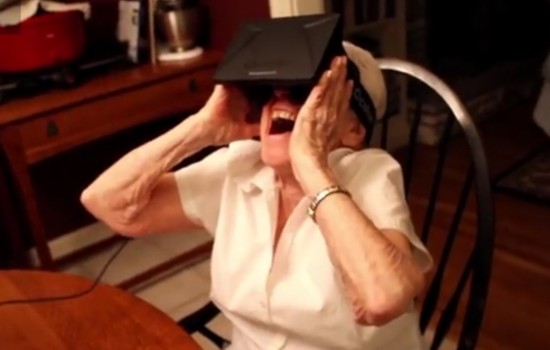
That why, if you’ve ever seen videos of people trying the Oculus Rift on for the first time, they immediately look around and up and down.
It’s super impressive. You look up, and you see the ceiling — or the sky, if you’re outside. You look down and you see the floor or the ground, or your character’s feet if the game designer bothered to build that in for you. You can even spin around and see who’s sneaking up behind you.
The better the latency, the more immediately the device responds to your head movements, and the more realistic it feels. Plus, whenever there’s a disconnect between what you see and what you feel, there’s an opportunity for you to get nauseous. It’s your body’s way of saying, “Everything is starting to look weird. You must have eaten something poisonous — you need to vomit, right now!”
Other ways of making the display more responsive include using faster screen technology, such as the OLED displays that replaced the old LCD screens in the most recent Oculus Rift “Crystal Cove” prototype, now available for order for $350. The latest version also uses “low persistence” which means that pixels are turned off quickly, helping eliminate motion blur.
Spatial audio
And speaking of things sneaking up behind you — this is where spatial audio comes in. With the right audio headset — sold separately from the Oculus Rift or Project Morpheus — you can get surround sound in your virtual world.
Sound effects that seem to be coming from the side or from behind you are a nice touch for movie theaters or traditional video game setups, but when combined with virtual reality the effects are really impressive.
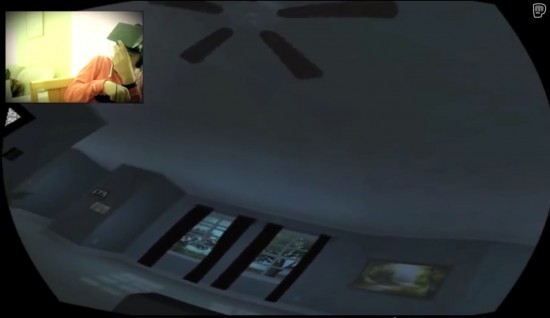
There’s a whole category of Oculus Rift games that takes advantage of this effect, with spooky sounds coming at you from all directions.
Presence
We humans place ourselves in the world mostly through sight and sound. If you get these right, it’s easy to trick the primitive parts of our brains into thinking that we’re somewhere else.
Virtual environment designers can add to this sense of presence by creating virtual bodies that respond in sync with our movements, or in-world mirrors that reflect our images.
Even very simple virtual environments, like Second Life on a computer screen, can help create this effect. So, for example, users put as much space between their virtual avatars and other avatars as do they between themselves and other people in real life. And memories of virtual encounters are stored and recalled as if they happened for real.
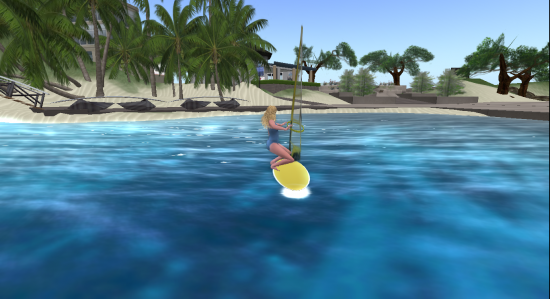
In fact, when personalized avatars do something it can affect the users in real life — having avatars exercise can increase actual physical activity, and having a taller avatar can increase confidence in face-to-face negotiations. It’s called the Proteus Effect and it can be very powerful.
Because of the feeling of presence, virtual reality is already being used to treat phantom limb pain, PTSD and phobia. As the technology improves, the applications are going to expand dramatically.
Immersion
You know the feeling — you get so caught up in a book or movie that you forget where you are.
Well, the virtual reality combo of a wide field of view, low latency, spatial audio and presence turns up the feeling of immersion to 100.
You feel that you are actually there. In the video game. In the architectural simulation. In the historic recreation. In whatever environment you’ve loaded up.
If it’s a multi-player environment, you feel that you are there with other people.
In fact, the feeling of immersion can be so strong with virtual reality that it can be used as an anesthetic, as with burn victims.
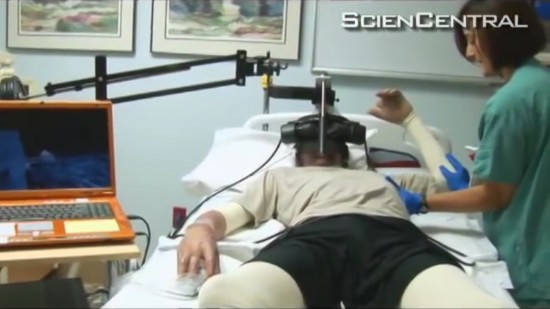
There is, of course, a downside to immersion. The more immersed you are in a virtual environment, the less aware you are of your actual physical surroundings. While good for burn treatments or CAT scans, this can cause problems for people using virtual reality in shared spaces, such as offices, public transport, or busy homes.
In addition, it requires a complete re-thinking of user interfaces, since you can’t see your keyboard once you’re wearing an Oculus Rift or Project Morpheus headset. And if these headsets did allow for some local visibility, it would break the whole point of immersion.
- OSgrid back online after extended maintenance - April 16, 2025
- Analysts predict drop in headset sales this year - March 25, 2025
- OSgrid enters immediate long-term maintenance - March 5, 2025
